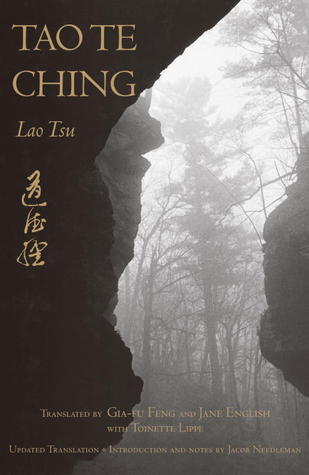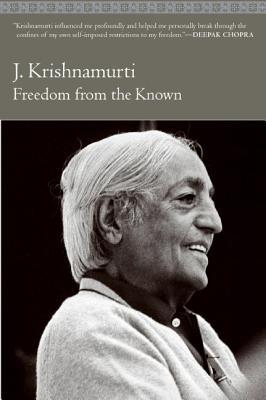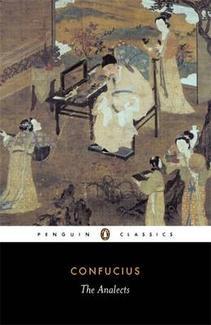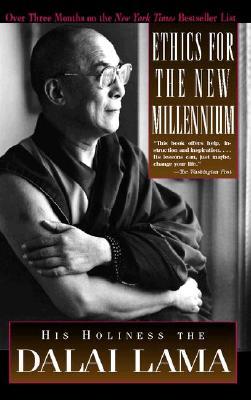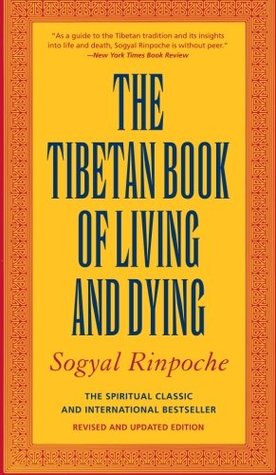
"The Tibetan Book of Living and Dying" Summary
buddhism | 464 pages | Published in NaN
Estimated read time: 5 min read
One Sentence Summary
A guide to understanding and embracing death as an integral part of life, rooted in Tibetan Buddhist philosophy.
Table of Contents
Introduction
"The Tibetan Book of Living and Dying" by Sogyal Rinpoche is a profound and enlightening guide to life, death, and the nature of existence. Drawing from the ancient wisdom of Tibetan Buddhism, Rinpoche offers practical advice on how to live a meaningful life and prepare for the inevitable journey of death.
Brief Synopsis
The book starts by introducing the Tibetan Buddhist perspective on life and death. It explores the nature of the mind, the process of dying, and the possibility of liberation beyond death. Rinpoche emphasizes the importance of understanding and accepting death as an integral part of life, rather than something to be feared or ignored.
The setting of the book is both spiritual and practical, as Rinpoche weaves together personal anecdotes, traditional teachings, and practical advice to provide a comprehensive understanding of life, death, and the path to liberation.
Main Characters
| Character Name | Description |
|---|---|
| Sogyal Rinpoche | The author and a renowned Tibetan Buddhist teacher |
| Various spiritual masters | Figures from Tibetan Buddhism who provide teachings and guidance throughout the book |
| Individuals facing death | People who share their personal experiences with death and dying |
Chapter Summaries
Chapter 1: Life and Death: The Great Adventure
Rinpoche introduces the fundamental concepts of life and death, emphasizing the impermanence of existence and the interconnectedness of all beings. He highlights the importance of living with awareness and compassion.
Chapter 2: The Spiritual Path
This chapter explores the spiritual path and the practices that can lead to liberation. Rinpoche discusses the role of a spiritual teacher and the importance of finding one's own inner wisdom.
Chapter 3: The Wheel of Life
Rinpoche delves into the Tibetan Buddhist teachings on the Wheel of Life, which depicts the cycle of existence and the various realms beings can inhabit. He explains how our actions and intentions shape our experiences within this cycle.
Chapter 4: Meditation: The Practice of Dying
Meditation is presented as a powerful tool for preparing for death and living a meaningful life. Rinpoche provides practical guidance on different meditation practices and their benefits.
Chapter 5: Death and the Art of Dying
The process of dying and the experiences that occur during the transition are explored in this chapter. Rinpoche discusses the importance of creating a peaceful and compassionate environment for the dying person.
Chapter 6: Bardo: The Between State
Rinpoche explains the concept of the bardo, the intermediate state between death and rebirth. He provides insights into the experiences one may encounter during this state and offers guidance on how to navigate them.
Chapter 7: Rebirth and the Realms of Existence
This chapter explores the Tibetan Buddhist understanding of rebirth and the different realms one can be reborn into based on their actions and state of mind. Rinpoche emphasizes the importance of cultivating positive qualities to ensure a favorable rebirth.
Chapter 8: Dissolution: Liberation Through Understanding
Rinpoche delves into the process of dissolution, in which the elements of the body and mind disintegrate. He highlights the opportunity for liberation that arises during this profound experience.
Chapter 9: The Tibetan Art of Dying
Rinpoche discusses the traditional practices and rituals surrounding death in Tibetan Buddhism. He emphasizes the importance of these practices in supporting the dying person and helping them prepare for their journey.
Chapter 10: Care for the Dying
This chapter offers practical advice on how to care for the dying with compassion and skill. Rinpoche provides guidance for family members, caregivers, and healthcare professionals to create a supportive and peaceful environment.
Main Events
"The Tibetan Book of Living and Dying" is not a narrative-driven book with a specific plotline or main events. Instead, it offers a comprehensive exploration of life, death, and the spiritual path. The main events in the book are the teachings and insights shared by Sogyal Rinpoche, as well as the personal stories of individuals facing death.
Themes and Insights
- Impermanence: The book emphasizes the transient nature of life and the importance of embracing impermanence as a catalyst for spiritual growth.
- Compassion: Rinpoche highlights the significance of cultivating compassion for oneself and others, particularly during the process of dying.
- Liberation: The concept of liberation from the cycle of existence is a central theme in the book. Rinpoche provides guidance on how to attain liberation through understanding and practice.
- Mindfulness: The practice of mindfulness is emphasized throughout the book as a means of living a more conscious and fulfilling life.
Reader's Takeaway
"The Tibetan Book of Living and Dying" offers a profound and transformative perspective on life, death, and spirituality. Readers will gain insights into the nature of existence and practical guidance on how to live with awareness and compassion. This book has the potential to transform one's relationship with death and inspire a more meaningful and fulfilling way of life.
Conclusion
"The Tibetan Book of Living and Dying" by Sogyal Rinpoche is a timeless guide that offers profound wisdom and practical advice on life, death, and the spiritual path. Through personal stories, traditional teachings, and practical guidance, Rinpoche invites readers to explore the depths of their own existence and discover a more meaningful way of living. This book has the power to transform our understanding of life and death, offering a path to liberation and awakening.
The Tibetan Book of Living and Dying FAQ
What is 'The Tibetan Book of Living and Dying' about?
Who is the author of 'The Tibetan Book of Living and Dying'?
Is 'The Tibetan Book of Living and Dying' only for Buddhists?
Does 'The Tibetan Book of Living and Dying' provide practical instructions for meditation?
Can 'The Tibetan Book of Living and Dying' help me cope with loss and grief?
Is 'The Tibetan Book of Living and Dying' a religious text?
Does 'The Tibetan Book of Living and Dying' discuss the concept of reincarnation?
Are there any personal stories or anecdotes in 'The Tibetan Book of Living and Dying'?
Can 'The Tibetan Book of Living and Dying' be read by beginners in Buddhism?
Is 'The Tibetan Book of Living and Dying' a long book?

